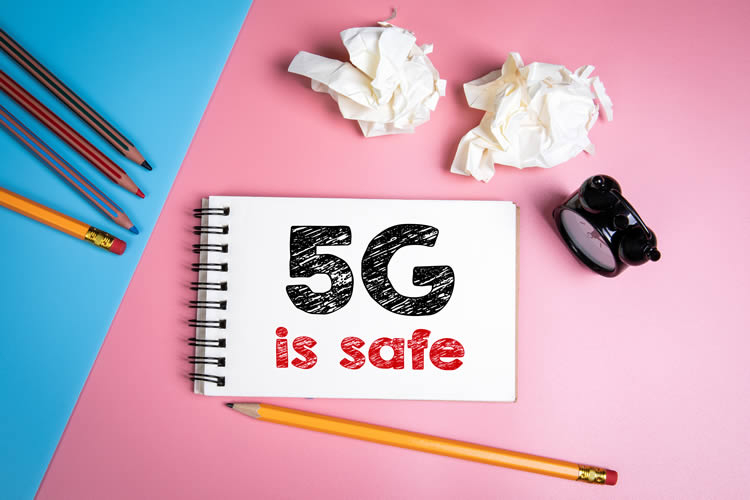Tech/games journalist with 10 years of experience. Keen interest and proficiency in IoT, Wearable technology, Fitness technology, Technology that improves the lives of the disabled, iOS apps/games and Apple hardware.

For the first time in more than 20 years, new guidelines have been released by the International Commission on Non‐Ionizing Radiation Protection (ICNIRP) and they've found that 5G is safe, with a minor caveat in place.
The body has spent several years reviewing scientific literature on the effects of exposure to electromagnetic fields and have found that there's no evidence that mobile networks cause cancer or any other illnesses that 5G has been linked to (yes, that includes the crazy Facebook rumours of a link to Coronavirus).
Having said that, the commission has called for new guidelines for millimetre-wave 5G, the most high-frequency version of the signal, but it's not really going to be an issue. Typically, that form of 5G which is currently in use in the US and coming to Europe soon, still has far lower output levels than the new maximum imposed by the ICNIRP.
Crucially also, the new rules relate to the phones themselves rather than 5G phone masts. The ICNIRP refers to it as implementing "more conservative limits" when it comes to the radiation that exudes from your handsets when connected to higher-frequency 5G network. It focuses on frequencies above 6GHz which isn't currently used in the UK but could be at an unknown later date.
Essentially, 5G is deemed to exude somewhere between the non-ionising radiation of a radio signal and a microwave. Given most households have both items already, that means a 5G smartphone isn't going to be an issue for you.
To be sure, of course, the guidelines offer a slightly higher level of protection than needed, but GSMA, the mobile trade group, has been quick to point out that current 5G phones would not be affected as they fall well within the limit anyhow.
In a statement, the ICNIRP chair, Dr Eric van Rongen, explained, "“we know parts of the community are concerned about the safety of 5G and we hope the updated guidelines will help put people at ease." He continued, "the guidelines have been developed after a thorough review of all relevant scientific literature, scientific workshops and an extensive public consultation process. They provide protection against all scientifically substantiated adverse health effects due to [electromagnetic field] exposure in the 100 kHz to 300 GHz range."
So, there's nothing to worry about. The guidelines have only really been updated because they haven't been since 1998 when mobile phones were very different beasts and at the time, the ICNIRP hadn't anticipated something like millimetre-wave 5G.
Need further reassurance? Ofcom has been testing 5G mast sites to check emissions and they've tested 16 heavy use sites. All of them have been found to have radiation emissions that were a small fraction of what was allowed, with the highest readout measuring at only 1.5% of the maximum level permitted.
Tell all your suspicious friends and relatives - 5G is perfectly safe and they've got nothing to worry about.
50% off Lyca Mobile’s Pay As You Go plans
Lyca Mobile’s cheap Pay As You Go deals include roaming and international minutes.









